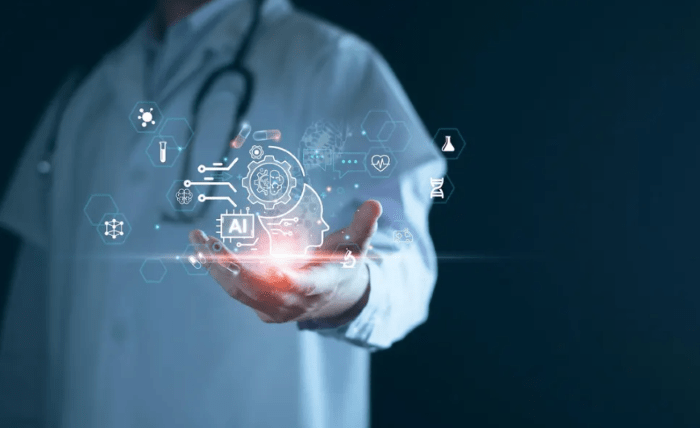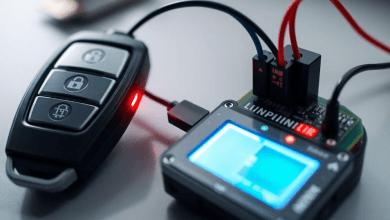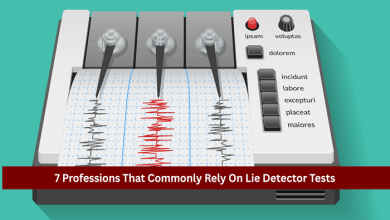
Digital transformation is revolutionizing healthcare, making care more accessible, efficient, and patient-centered. Technology integration is crucial for modern healthcare, as frontline providers adopt innovative solutions to overcome challenges.
Telemedicine: Breaking Down Geographic Barriers
Telemedicine has emerged as one of the most impactful healthcare technologies, particularly for underserved communities. Virtual consultations eliminate the need for lengthy travel to specialist appointments, making quality care accessible to patients regardless of their location. Many healthcare organizations are also expanding access through virtual primary care to strengthen continuity between remote consultations and in-person clinical services.
Remote monitoring capabilities allow healthcare providers to track patient vital signs, medication adherence, and symptom progression from a distance. This continuous oversight proves especially valuable for managing chronic conditions like diabetes, hypertension, and heart disease.
The technology also addresses provider shortages in rural areas by connecting patients with specialists who might be hundreds of miles away. Emergency consultations through video conferencing can provide life-saving guidance when immediate in-person care isn’t available.
Telemedicine platforms have demonstrated remarkable success in improving patient satisfaction scores while reducing healthcare costs. Patients appreciate the convenience and time savings, while providers can serve more patients efficiently throughout their day.
Electronic Health Records: The Digital Foundation of Modern Care
Electronic Health Records (EHRs) serve as the backbone of digitized healthcare, transforming how medical information is stored, shared, and utilized. These comprehensive digital files replace paper-based systems with secure, searchable databases that improve care coordination across multiple providers.
EHR systems enable real-time access to patient histories, lab results, and treatment plans, allowing healthcare teams to make informed decisions quickly. This immediate access to critical information can prevent dangerous drug interactions, reduce duplicate testing, and ensure continuity of care during transitions between providers.
The analytical capabilities within modern EHR platforms help identify trends in patient populations, supporting preventive care initiatives and population health management. Healthcare organizations can track vaccination rates, screen for chronic diseases, and monitor quality metrics more effectively.
Integration features allow EHRs to communicate with other healthcare technologies, creating seamless workflows that reduce administrative burden on frontline staff. This interconnectedness ensures that valuable patient data flows efficiently throughout the entire care ecosystem.
Mobile Health: Empowering Patient Engagement
Mobile health applications and wearable devices are transforming how patients interact with their healthcare. These tools put powerful health management capabilities directly into patients’ hands, encouraging active participation in their care journey.
Fitness trackers and smartwatches monitor daily activity levels, sleep patterns, and heart rate variability, providing valuable data that healthcare providers can use to assess overall wellness. More sophisticated devices can detect irregular heart rhythms or sudden falls, potentially preventing serious medical emergencies.
Medication management apps send reminders, track adherence, and even connect to smart pill dispensers that ensure patients take the right medications at the right time. These tools are particularly beneficial for elderly patients managing multiple prescriptions or individuals with complex treatment regimens.
Patient portal applications extend the clinical encounter beyond the office visit, allowing secure messaging with providers, appointment scheduling, and access to test results. This constant connection strengthens the patient-provider relationship and improves health outcomes through enhanced communication.
Direct Primary Care Integration: Personalized Healthcare Technology
Direct primary care models leverage technology to create more intimate, patient-centered healthcare experiences. These innovative practice structures combine the personal touch of traditional family medicine with modern digital tools to deliver comprehensive care.
Technology platforms designed specifically for direct primary care enable providers to offer extended consultation times, 24/7 communication access, and personalized treatment plans. Patients benefit from direct access to their healthcare provider through secure messaging, video calls, and online scheduling systems.
The integration of health monitoring devices with direct primary care platforms creates opportunities for continuous health oversight. Providers can receive real-time data from their patients’ wearable devices, allowing for proactive interventions before minor issues become major health problems.
In markets like direct primary care in Oklahoma City, these technology-enhanced models are demonstrating superior patient satisfaction and improved health outcomes compared to traditional fee-for-service arrangements. The combination of unlimited access and advanced health monitoring creates a comprehensive care experience that addresses both acute and preventive health needs.
Mobile Health Apps: Your Health Companion
Smartphone applications have revolutionized personal health management by putting comprehensive wellness tools in everyone’s pocket. These apps range from simple fitness trackers to sophisticated diagnostic tools that can monitor chronic conditions.
Mental health applications provide guided meditation, mood tracking, and crisis intervention resources, addressing the growing need for accessible mental wellness support. Many of these apps use evidence-based therapeutic techniques and can complement traditional mental health services.
Nutrition and diet tracking applications help patients maintain healthy eating habits while managing medical conditions that require specific dietary restrictions. Integration with grocery shopping apps and meal planning services makes it easier for patients to follow prescribed nutritional guidelines.
Emergency medical apps can automatically contact first responders and share critical health information during medical crises. These applications can be life-saving for individuals with severe allergies, cardiac conditions, or other serious health concerns.
Overcoming Implementation Challenges
While technology offers tremendous benefits for healthcare settings, successful implementation requires careful planning and attention to potential obstacles. Data security and privacy concerns top the list of challenges that healthcare organizations must address when adopting new technologies.
Robust cybersecurity measures, including encryption, multi-factor authentication, and regular security audits, are essential for protecting sensitive patient information. Staff training programs ensure that all team members understand their role in maintaining data security and following proper protocols.
The digital divide presents another significant challenge, particularly for elderly patients or those in low-income communities who may lack access to smartphones or high-speed internet. Healthcare organizations can address this issue by providing device lending programs, partnering with community organizations, or offering alternative communication methods.
Staff resistance to change can slow technology adoption and reduce its effectiveness. Comprehensive training programs, ongoing support, and clear communication about the benefits of new technologies help overcome resistance and ensure successful implementation.
Interoperability between different technology systems remains a persistent challenge in healthcare. Choosing platforms that support standard communication protocols and working with vendors who prioritize integration can help minimize these issues.
Conclusion
The integration of technology into frontline healthcare settings represents a fundamental shift toward more efficient, accessible, and patient-centered care. Telemedicine breaks down geographic barriers, EHRs provide the digital foundation for coordinated care, and mobile health tools empower patients to take active roles in managing their wellness.




